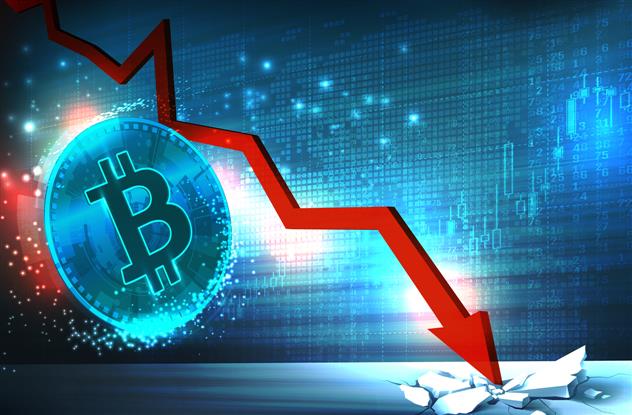
Bitcoin’s price has taken a dip today as the crypto market responds to the SEC’s postponement of decisions on recent ETF applications, coupled with anticipation for Jerome Powell’s FOMC minutes.
The robust bullish momentum that drove Bitcoin’s 76% year-to-date surge has waned this week, resulting in a 3.6% decline over the past 30 days. Although Bitcoin briefly surged to $29,600 on August 14th, it fell short of breaching the $30,000 threshold, which remains a crucial resistance level.
The current contraction and low volatility in Bitcoin’s price have led some analysts to draw parallels between the current BTC market and the pre-bull cycle of 2015-2017. The Capriole Bitcoin Macro Index suggests that the market structure, previously on the path to recovery, has now turned bearish and is contracting.
Independent market analyst Charles Edwards acknowledges the technical bearish breakdown from $30K but notes the lack of substantial downward follow-through. He views a close above $30K on the daily timeframe as a bullish confirmation of a failed breakdown.
Recent trends in the futures market reveal a shift from shorts dominating liquidations to Bitcoin long liquidations accounting for 83% of all BTC liquidations on August 15th. Such liquidations, without corresponding trading volume buy pressure, negatively impact Bitcoin’s price. Additionally, Bitcoin’s trading volume has hit its lowest point since early 2021.
Despite short-term market uncertainty, institutional investors seem resolute in their long-term outlook. Despite regulatory challenges, major institutions advocate for Bitcoin financial instruments, potentially sparking a bullish rally. Grayscale has directly appealed to the SEC for the approval of Bitcoin ETFs.
However, the SEC’s inclination to prolong decisions on Bitcoin ETFs until 2024 could dampen investor sentiment and affect the crypto market’s price action. Bitcoin’s price remains closely tied to macroeconomic developments, with regulatory actions and interest rate hikes also exerting influence.
Recent events, such as the CPI print and forthcoming FOMC minutes, could shed light on the Federal Reserve’s stance on interest rate policies. Macro events play a substantial role in Bitcoin’s current price action, with potential implications for future rate cuts positively impacting Bitcoin and other risk assets.
In the long term, market participants continue to anticipate Bitcoin’s price recovery, particularly with increasing financial institutional adoption of BTC.
